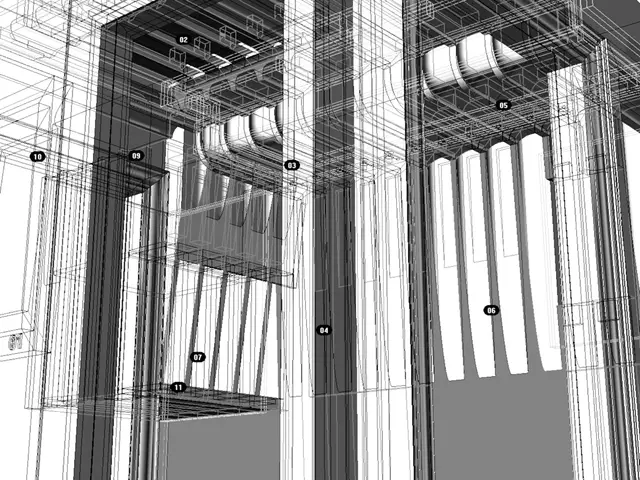India's Toll Revolution: Satellite-Based System Coming by April 2025
The Indian government has approved a significant upgrade to the country's toll collection system. By April 2025, national highways in India will adopt a satellite-based, GPS-enabled solution, replacing the current RFID-based FASTag system.
The new system utilises the global navigation satellite system (GNSS) and onboard units (OBUs) in vehicles to track movement and calculate toll charges. During initial trials on a 1,000-km stretch of Indian highways, it effectively reduced delays caused by traditional toll booths.
The National Highways Authority of India will oversee the rollout, with technical support from the Indian Space Research Organisation. The system is expected to save approximately ₹20,000 crore (£1.94bn) annually in fuel and productivity losses due to reduced traffic bottlenecks. To ease the transition, the system will coexist with FASTag during an initial period, with dedicated lanes for vehicles equipped with GNSS technology.
The Indian government plans to extend GNSS coverage to approximately 2,000km of Indian highways by mid-2025. To reduce costs for local commuters, the system includes a 20km daily exemption for short-distance travellers in India.
The implementation of the satellite-based toll collection system is set to improve efficiency and reduce costs on Indian national highways. The rollout, expected by April 2025, is a significant step towards modernising the country's toll collection infrastructure in India.
Read also:
- Web3 social arcade extends Pixelverse's tap-to-earn feature beyond Telegram to Base and Farcaster platforms.
- Germany's Customs Uncovers Wage, Immigration Violations in Hotel Industry
- Thriving once more: recovery of the gaming sector's downfall
- U.S. & China Agree to Temporary Trade Truce, Easing Tariffs







